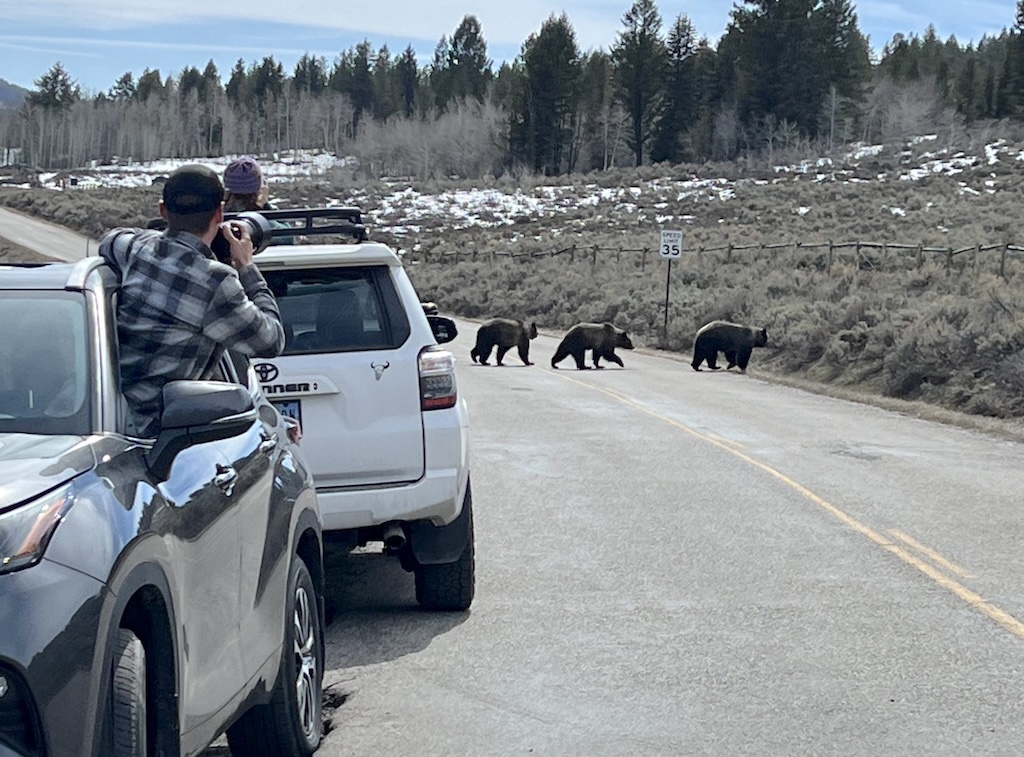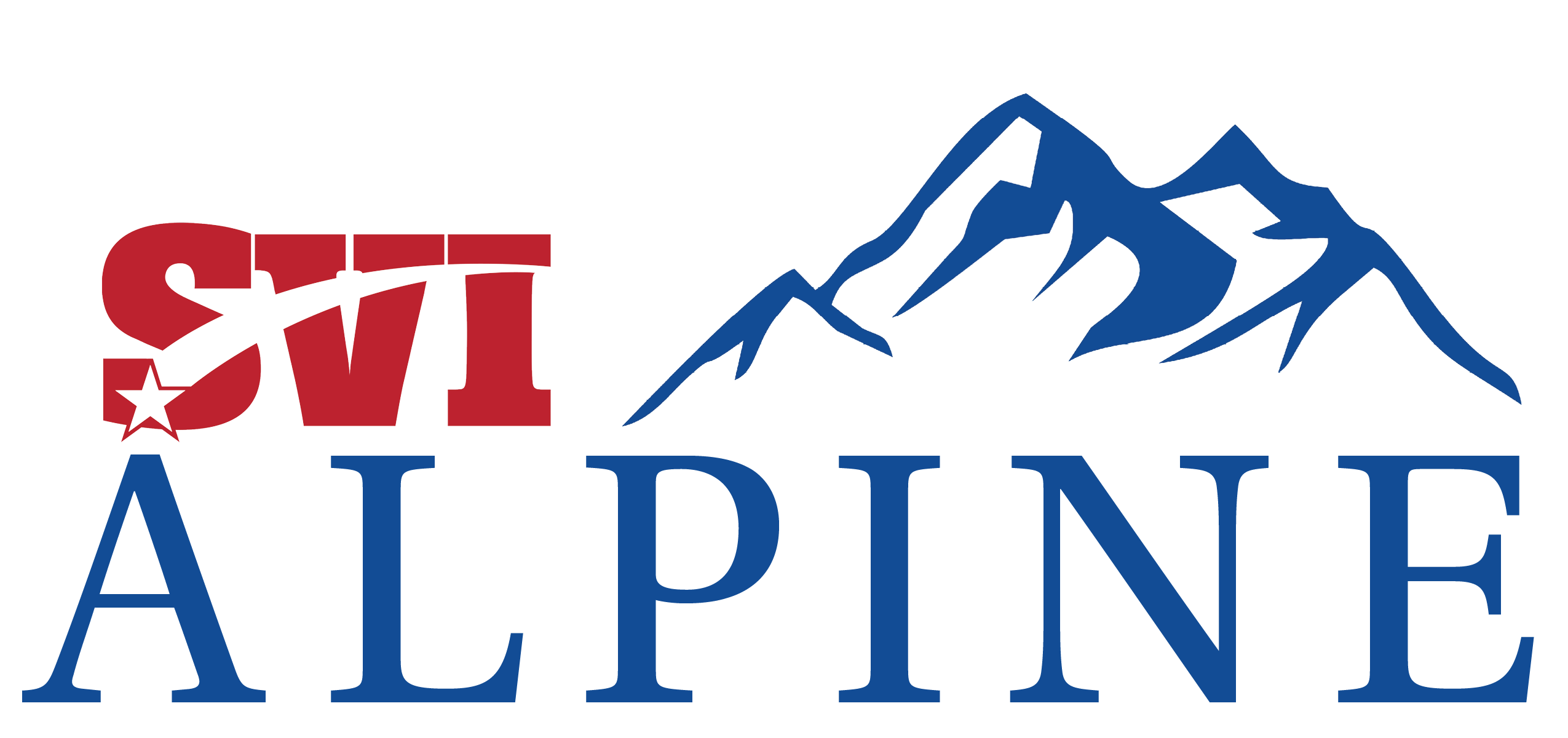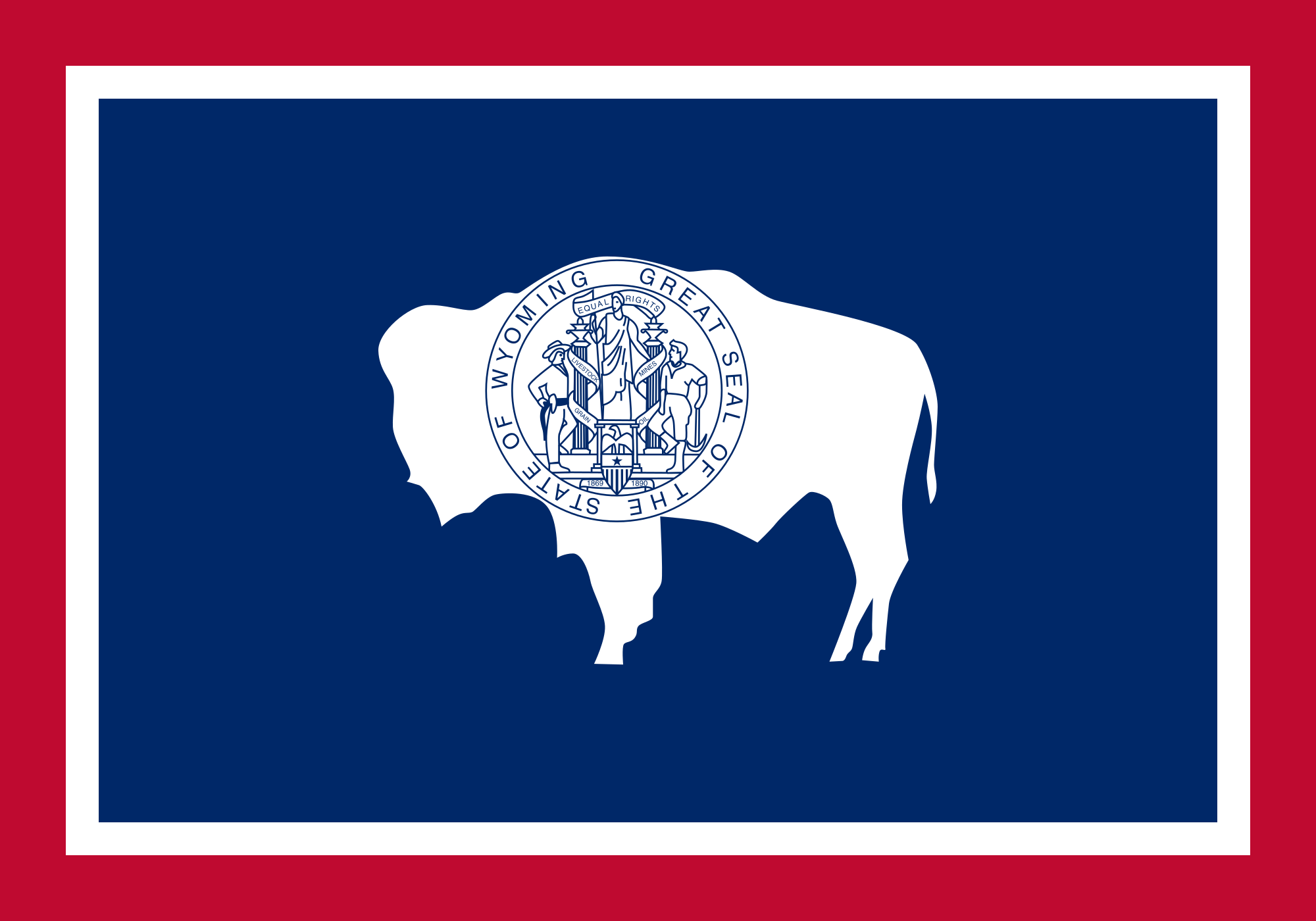Survey: 36% of Teton County residents say tourism’s benefits outweigh drawbacks
By Wyoming News Exchange
July 14, 2025

(Photo courtesy Bridger-Teton National Forest)
By Charley Sutherland
Jackson Hole News&Guide
Via- Wyoming News Exchange
JACKSON — Jackson Hole residents still aren’t stoked about tourism.
But they are feeling slightly less bitter about visitors and their impacts than they were three years ago. That’s according to a survey commissioned by the Jackson Hole Travel and Tourism Board.
The survey found 36% of respondents said the benefits of tourism outweigh the drawbacks. That’s a 10 percentage-point increase from three years ago, when slightly more than a quarter of respondents said the good outweighs the bad on tourism.
“Overall sentiment is improving,” Dan McCoy told tourism board members Thursday, unveiling survey results. McCoy helped conduct the survey and is director of the University of Wyoming’s Jay Kemmerer Wyoming Outdoor Recreation, Tourism and Hospitality Institute.
Thirty-six percent sounds bad, McCoy said. But it’s not.
“You don’t want to be average,” McCoy told tourism board members. “Sorry, that’s kind of where you’re at in terms of comparison to other communities.”
While most Jackson Hole residents, 89%, agree tourism is important to Jackson’s economy, many said tourism is straining the area’s infrastructure, displacing workers and threatening community character.
Of Lake Tahoe, California, residents, 29% say tourism benefits outweigh negative impacts. The figure is 31% in Moab, Utah; 39% in Park City, Utah; and 48% in Sun Valley, Idaho.
Frustrations with tourism span the world. In Barcelona and Mallorca, Spain, permanent residents have become hostile to visitors, spraying them with water guns and loudly lambasting them in protests.
The tourism board’s last survey was conducted on the tail end of the COVID-19 pandemic, when tourism to Teton County unexpectedly spiked, amid a surge in domestic travel as the pandemic waned, stressing Jackson Hole’s infrastructure and frustrating its residents.
“It’s good to see sentiment improving,” recently appointed Tourism Board Chair Julie Calder said Thursday. “We’re not in COVID anymore.”
Residents complained about traffic, tourism’s impacts on housing affordability, and cultural and environmental degradation. They also expressed wariness about how tourism is managed by the tourism board.
“Traffic. Traffic. Traffic. Something must be done to accommodate the increased levels we’ve seen,” one respondent said. Responses are anonymous.
“The cultural heritage of our cowboy and ranching community is being drowned out by high-income tourism,” said another.
Since its 2022 survey, the Tourism Board changed its methodology, aiming to improve accuracy. Anyone could fill out the 2022 survey via an open link on the internet. That means there was no guarantee actual Teton County residents were the ones filling out the form, McCoy said. This year, researchers sent the survey by mail to a random selection of residents.
The survey was completed by 658 people. That’s 19% of people who received it, McCoy said.
While this year’s survey does ensure only residents can respond, it has some drawbacks of its own.
Most respondents were 60 years old or older. Researchers gave slightly more weight to responses from younger people to make up the difference. Respondents have lived in Jackson Hole for 20 years on average; 84% have a bachelor’s degree or higher education, and 85% were white. Only 18.4% of respondents were renters.
Teton County is Wyoming’s poster child for tourism spending.
Last year, total tourism spending in Wyoming totaled $1.75 billion, a 3.2% increase since 2023. Tourism generated 8,480 jobs and produced $526.1 million in worker earnings. Visitors contributed $103.8 million to both state and municipalities’ tax coffers.
Last year, 8.7 million people visited the Equality State, and 1.7 million of those visitors spent time in Jackson Hole.

